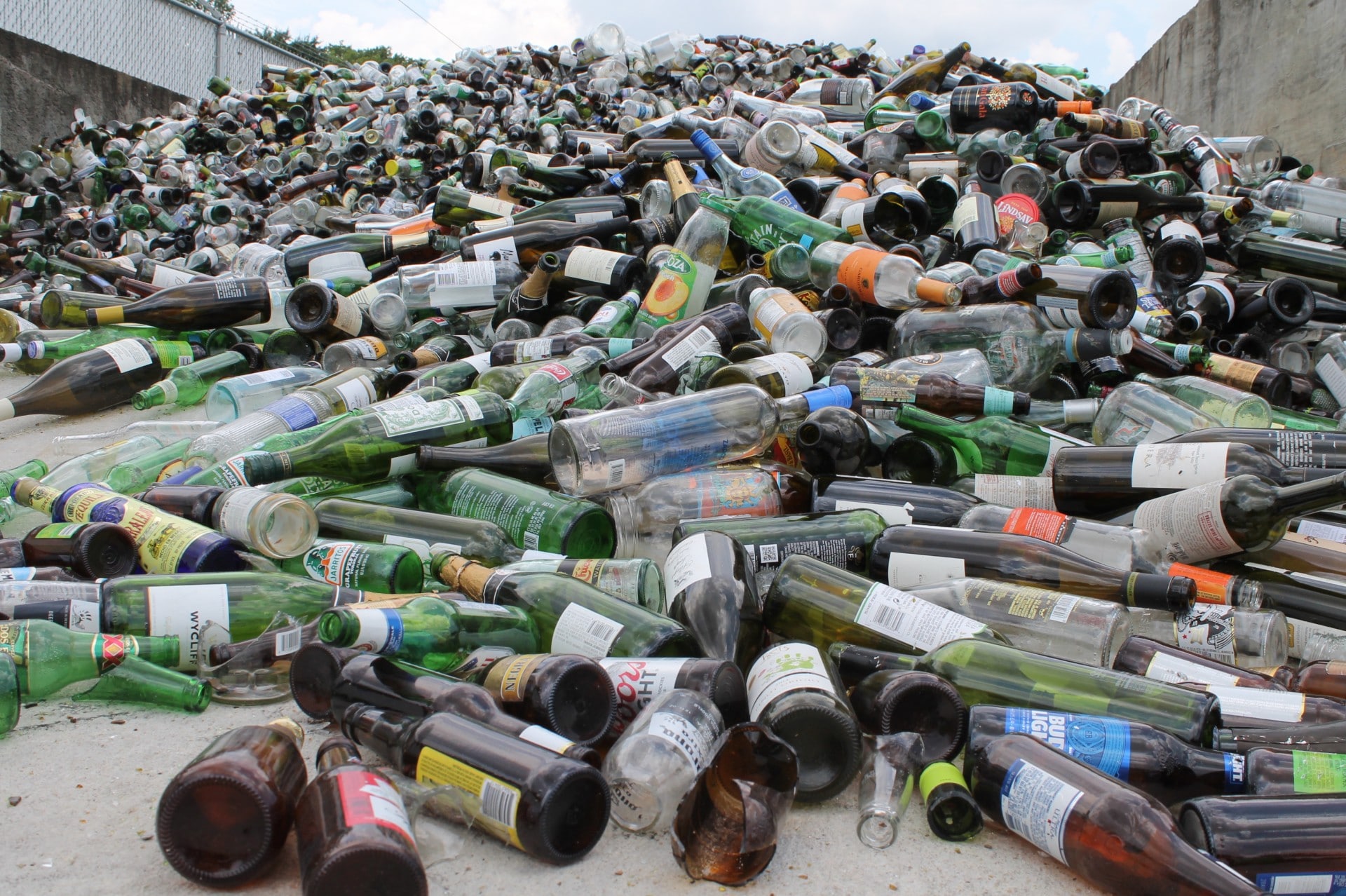Whoever wants to dispose of waste glass usually knows the way to the waste glass bins in the vicinity. These are sorted by colour so that white, green and brown jars can be easily separated. You can find out how to dispose of the lids of the jars properly here.
How to dispose of jars properly: with lids or without?
When you dispose of waste glass, you should throw it in “spoon clean”. This means that the jars and bottles are empty and, if possible, rinsed out. Use a dishwashing brush or sponge, for example, to get into the edges and corners.
- You don’t necessarily have to wash used glass, but leftover food can quickly smell or become mouldy. An exception is honey jars, which you should rinse thoroughly to prevent bee diseases.
- It is best to separate everything that does not belong to the jar before disposing of it. This includes lids, corks, caps made of plastic, metal or other materials. Depending on the material, dispose of them in the household waste, plastic waste or paper waste.
- Stickers and labels as well as materials that you cannot remove, for example plastic rings on the glass opening, can be left on the recycled glass. They are automatically removed during glass recycling.
- There are fixed disposal times for used glass. This means that you are not allowed to throw glass into the containers at any time of the day or night because of the noise it makes. The times at which glass can be thrown in are usually indicated on the container.
Separate used glass correctly when disposing of it
Waste glass includes all the jars and bottles you come across in everyday life. For example, drinks and milk bottles, preserving jars or medicine and cosmetic bottles. As soon as you no longer need them, you can dispose of them. Special containers are available for this purpose, usually near rubbish bins or clothes collection containers.
- You can also find out where your bottle banks are by asking your local council or contacting the waste collection service. The bottle banks are usually separated according to colour.
- There are drop-in holes for green, brown and white glass. Often the containers also have matching colours. In Austria, for example, there is only white glass and coloured glass, so it is easier to classify them.
